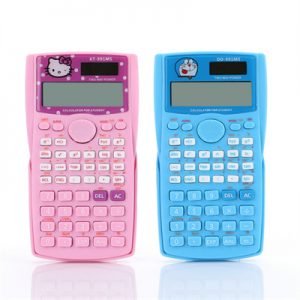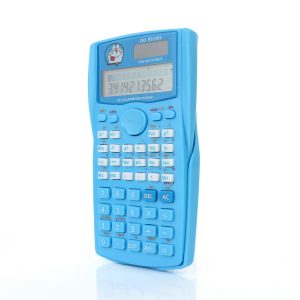The arithmetic unit is the main component of the electronic calculator, and all digital calculations are performed by the arithmetic unit. The arithmetic unit is composed of two registers and a computing device. How the register stores numbers, and how the computing device performs digital calculations, we can explain from its structure.
The register is composed of multiple groups of devices, and each group is composed of 4 devices that can be stably in two states. The two registers of general electronic calculators are named x register and Y register respectively. They are all the same in structure. Because the x register has a line directly connected to the display device of the window, if the number is stored, it can be directly displayed in the window, so the x register is also called the display register. And because the data to be input enters the x register first, the x register can also be called an input register.
In the x register, each group of devices is connected to seven strokes in one display position of the display window. The combination of the different states of the 4 devices in each group can light up the strokes of the different combination states and display a certain number. This is equivalent to storing a certain number in the 4 devices in this group. So it can also be said that the register uses 4 sets of 71, which are in different states to store a number.
Devices that can represent two different states can be combined to store numbers. There are many devices that can represent two different states. For example, the magnetic core can be in two states, the south pole and the north pole, and the potential can be in two states, high voltage and low voltage. There is a device that can be in two states called a bistable trigger. They can be in high potential and low potential. We can use 0 to represent one state of the device, and I to represent another state of the device. That is, the low potential is represented by the symbol 0, and the high potential is represented by the symbol 1. A group of devices with 4 bistable state triggers, the potential of the 4 bistable state triggers has 16 different combinations, and 10 different combinations can store 10 from “0” to “9”. digital.
Therefore, it can be seen that electronic calculators store different numbers in different states of a group of devices. Therefore, in an electronic calculator, 0. 1 … 9, these 10 different numbers are represented by 0000, 0001, … 1001, a thousand different symbols. The electronic calculator calculates the numbers, that is, performs processing calculations on two different states. As long as such a device can do 0+0=0. +1 two 1, 1+0=1, 1+1=1. You can perform numerical calculations. This is easy to do with logic circuits. Connect the devices with these 4 kinds of calculation functions together to perform digital addition calculations.














